Every day, at 6am, Ms. Phung Thi Hoe, Ngu Kien commune (Vinh Tuong) starts cleaning her house, watering the plants in the garden and cleaning the road around her house.
Ms. Hoe said: Since the construction of the new rural area (NTM), especially when the locality was recognized as the first model NTM commune in the province, people have raised their awareness of environmental protection; along the alleys and hamlets, many trees have been planted to create a green living space. In addition, families have proactively sorted leaves, spoiled vegetables... to compost with microorganisms to make fertilizer; hard-to-decompose waste such as plastic bottles, beer cans, soft drink cans... are collected to participate in the program "Turning waste into money".
To create a green - clean - beautiful living environment, Ngu Kien commune has coordinated with the Women's Union of the commune to launch a waste classification model, a plastic basket model to go to the market to reduce plastic waste and nylon bags; signed a contract to transport, collect and treat waste; pesticide packaging is collected into tanks located in convenient locations on the fields, then taken for treatment according to regulations; launched emulation movements, built models associated with the new rural areas such as "5 no 3 clean", "Self-managed road on environmental sanitation", "Green Saturday", "Green Sunday" ...
Currently, more than 80% of households in the commune classify solid waste at source; 100% of households collect and treat domestic wastewater through biogas tanks and septic tanks before flowing into the commune's general wastewater drainage system... Thanks to that, the environmental landscape in the commune is increasingly clean, becoming a livable countryside.
Previously, on the main road leading to the Nam Tam Dao eco -tourism area and the historical, cultural and spiritual relics of Trung My commune (Binh Xuyen), there was a lot of garbage. Families in Thanh Lanh village all left their household waste in front of their houses without collecting and cleaning it every day, which caused many problems and environmental pollution.
Faced with the above situation, Thanh Lanh villagers came up with the idea of making trash racks. Initially, trash racks were made from wood, but because they were left outdoors and could not withstand the sun and rain, the racks quickly deteriorated. Therefore, the villagers agreed to voluntarily contribute funds to make iron racks. Currently, Thanh Lanh village has more than 40 trash racks, with an average of 5-6 households sharing one rack. Racks are placed in all alleys and hamlets as a place for people to collect trash in the village.
Since the trash racks were installed, the sense of responsibility for environmental sanitation among households in the village has changed; garbage is sorted right at home and placed in the right place. The initiative of Thanh Lanh villagers in protecting the environment is being expanded by the Trung My commune government to residential areas throughout the commune, contributing to preserving the image of a civilized, clean and beautiful village, attracting tourists from all over the country to Trung My. This is the motivation for the commune to register to complete the commune meeting the advanced NTM standards by 2025.
In recent years, rapid urbanization and strong economic growth have impacted the environment. The total amount of waste generated in the province is about 920 tons/day, of which about 350 tons/day in urban areas and about 570 tons/day in rural areas. Currently, most of the domestic waste is temporarily buried or dumped in open dumps, the rest is treated in small-scale incinerators that do not ensure hygiene.
To protect the environment and respond to climate change, the province has stepped up propaganda and organized training to guide people to classify household waste at source, especially to limit the use of plastic bags and disposable plastic products; build streets, roads, residential groups, and self-managed, civilized residential areas that are "bright - green - clean - beautiful"; maintain and promote the movement of "classifying waste at source" in agencies, schools, households and businesses; promote the movement of "All people participating in protecting the environment, building bright - green - clean - beautiful residential areas".
By the end of 2024, the rate of collected and treated solid waste in urban areas will reach about 97% and in rural areas about 80%; there will be more than 600 models of environmental protection, building bright - green - clean - beautiful residential areas. Localities have built 4,755 bright - green - clean - beautiful model roads. In 2024 alone, 9/9 districts and cities have completed 1,637 model roads with more than 322 km in communes, wards and towns.
Thereby, not only changing and upgrading the appearance and landscape of the environment, but also contributing to limiting waste locations that cause loss of aesthetics, raising awareness, changing people's habits and actions in a positive direction, forming a cultural and civilized lifestyle.
Mai Lien
Source: http://baovinhphuc.com.vn/Multimedia/Images/Id/127673/Green-environment---sach---dep-bat-dau-tu-y-thuc-cua-moi-nguoi-dan






![[Photo] Nearly 3,000 students moved by stories about soldiers](https://vphoto.vietnam.vn/thumb/1200x675/vietnam/resource/IMAGE/2025/5/17/21da57c8241e42438b423eaa37215e0e)



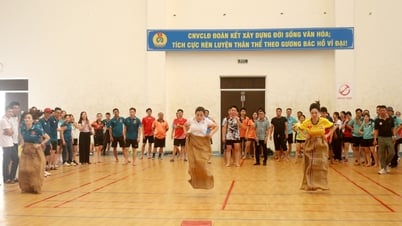

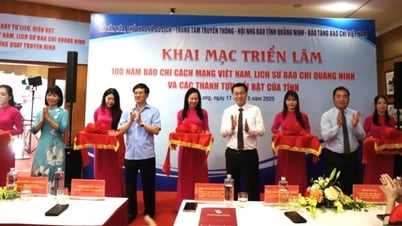

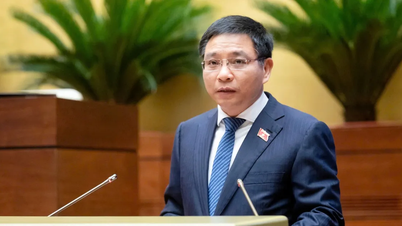

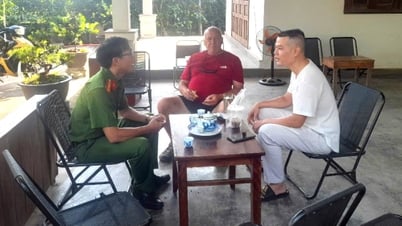

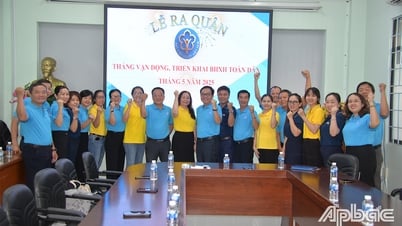

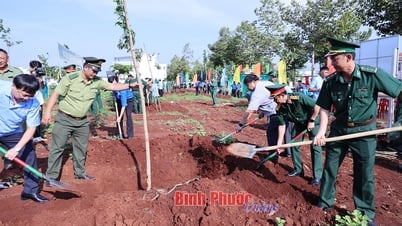





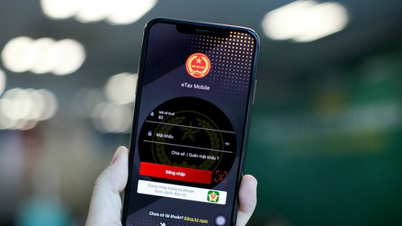
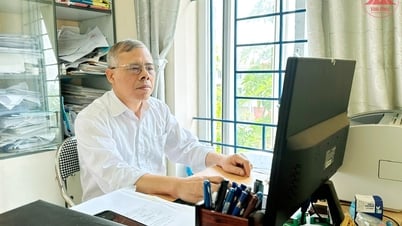
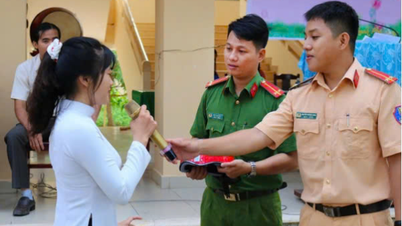
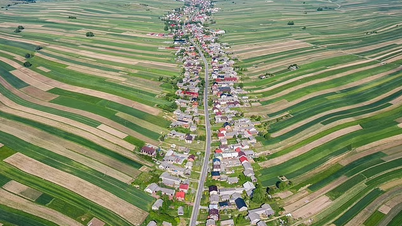

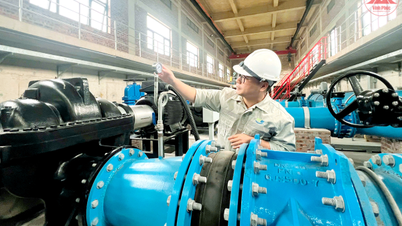
















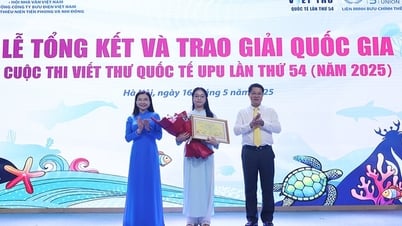

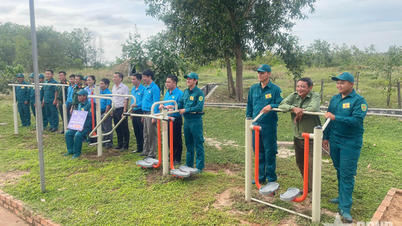

















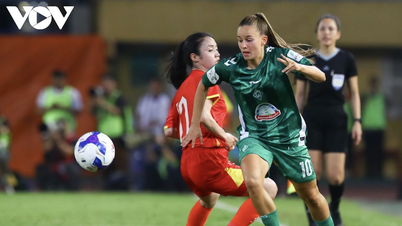

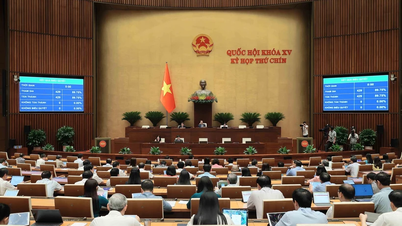








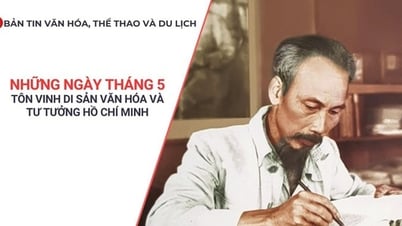

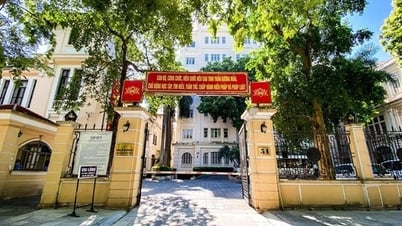


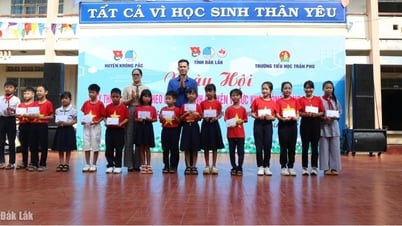

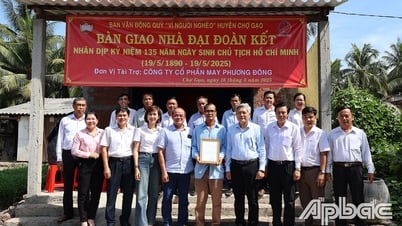
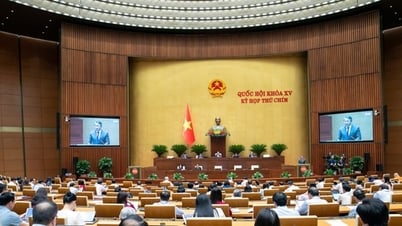


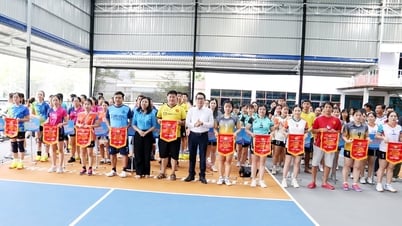
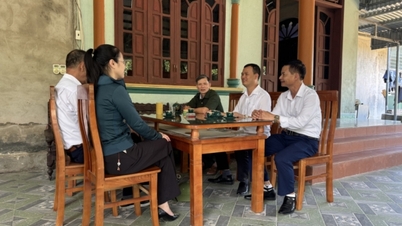









Comment (0)